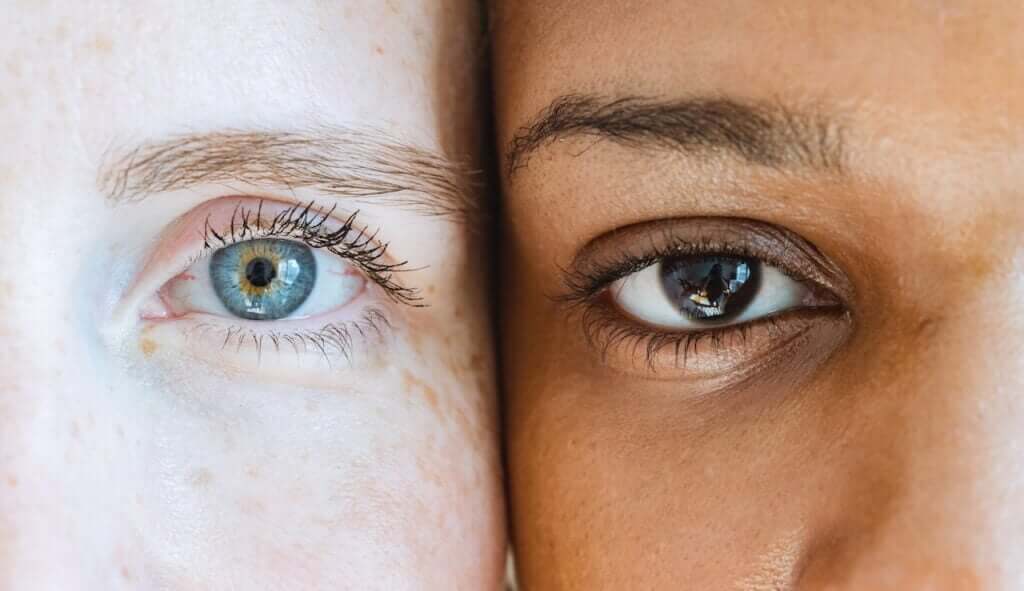
Israel’s ophthalmologists are getting a boost from innovators developing solutions for eye diseases and eye health.
“I think we can see how this industry has matured in Israel, both on the management side, and in the sense of understanding what to develop, and how to develop it,” says Dr. Barak Azmon, a pioneering entrepreneur in the country’s ophthalmology industry.
Azmon is chair of the ophthalmology session at next week’s annual Biomed Conference in Tel Aviv, which showcases the latest developments in healthcare, and will be exhibiting some of these new ocular technologies.
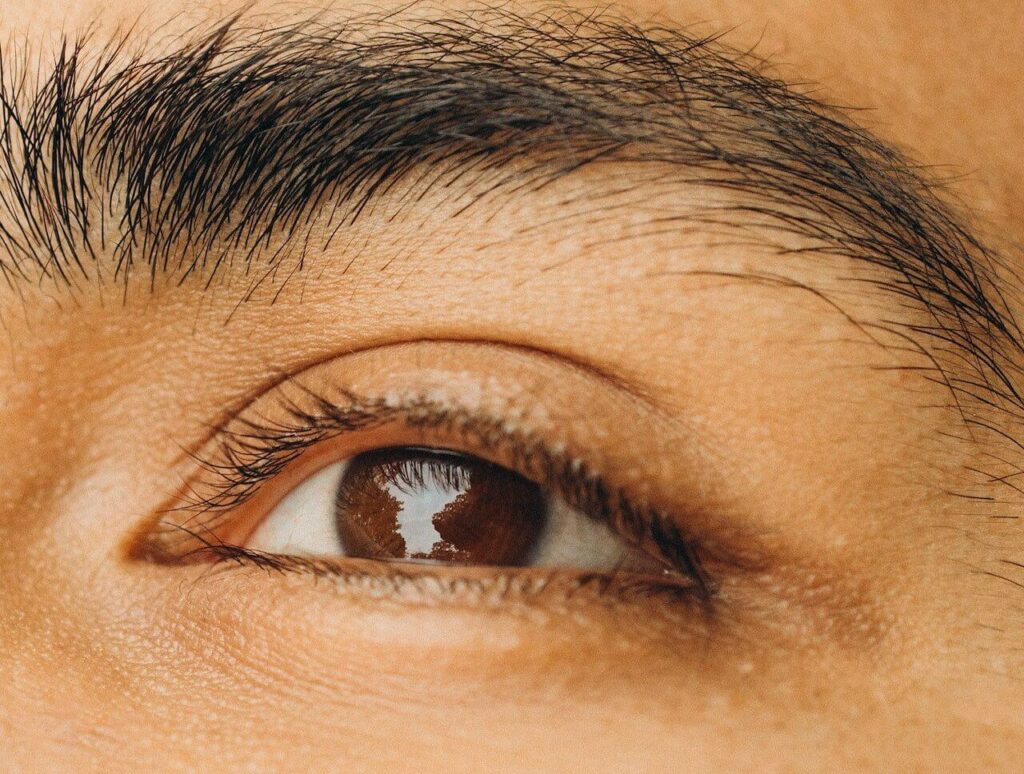
“In Israel, there are around 70 startups in the ophthalmologic space. It’s probably more than in the Silicon Valley or any other region alone,” says Azmon.
“As we will show in this conference, we have a unique year where nine companies in the ophthalmology space have already launched new products or are expected to do so by the end of the year.”
NoCamels takes a look at some of the most innovative solutions in the field of eye health in Israel:
Orasis: Eyedrops For Better Vision
Many people over the age of 45 who have always had 20/20 vision find themselves suddenly needing reading glasses as their eyes age – a chronic inconvenience whose long-term solution is an invasive medical procedure.
But now new eyedrops developed by Orasis will be able to correct farsightedness (presbyopia) – albeit for a few hours.
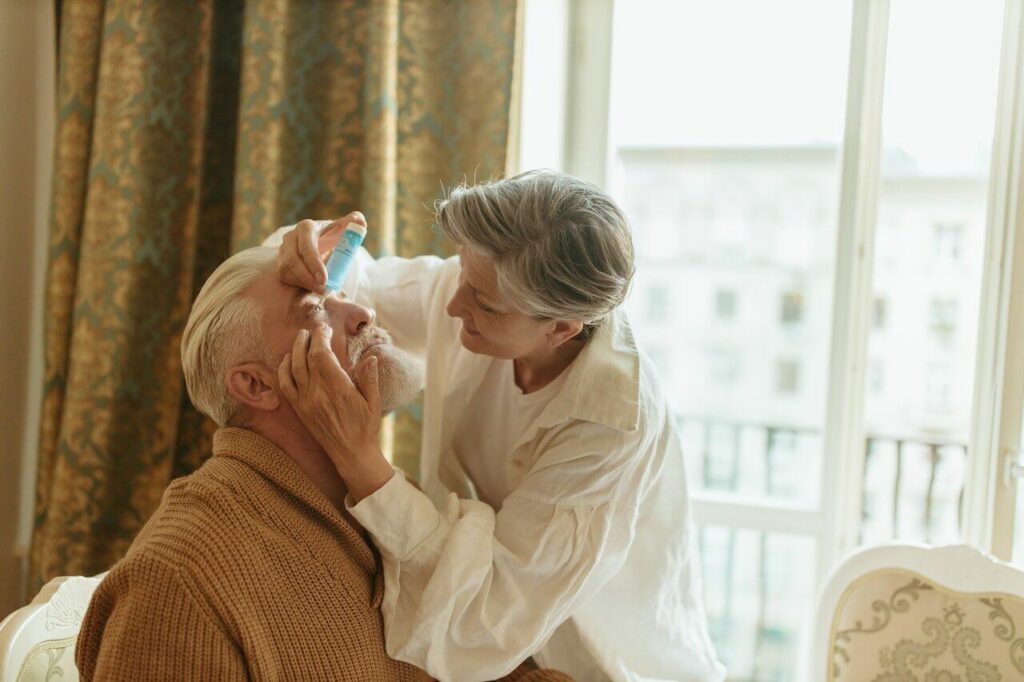
“We aspire to make near vision clear again for people with presbyopia by empowering them with an unparalleled solution, an eye drop that will provide them with comfort and control of their near vision,” said Elad Kedar, CEO of Orasis.
The eyedrop improves patients’ vision by constricting the pupil, resulting in a “pinhole effect” and increasing their depth of field and ability to focus on nearby objects.
Presbyopia is a result of the natural aging process, and there are almost two billion people living with it globally. They experience blurred vision when performing daily tasks like reading a book, a restaurant menu or messages on a smartphone.
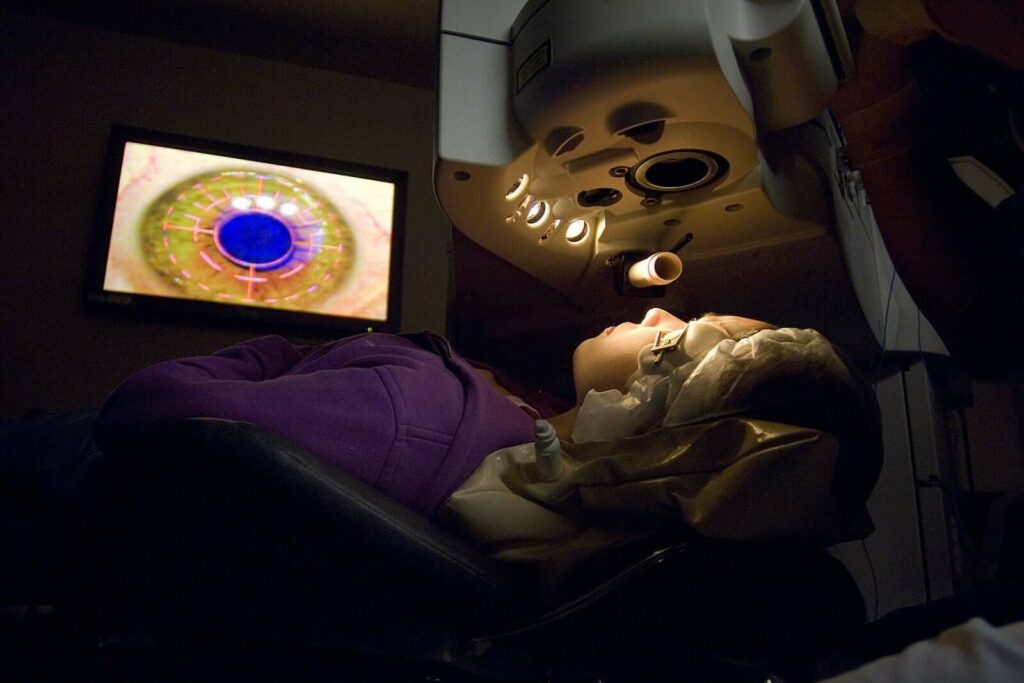
It cannot be prevented or reversed, and it continues to progress gradually. All existing treatment options are either inconvenient, like reading glasses and contact lenses, or invasive, like refractive surgery that changes the shape of your cornea and lens implants, which replace the lens in each eye with a synthetic one.
Orasis’ eye drops will be sold in the US by the end of the year.
CorNeat Vision: Synthetic Sight
Over two million people lose their vision every year due to a group of eye diseases known as corneal blindness.
The only effective treatment available is a cornea transplant – the clear, front part of the eye that absorbs light, which is later translated by the retina into the images that we see.
Problem is, there’s a shortage of cornea donors worldwide. In China, for example, there are five million patients with corneal blindness, but only 5,000 possible transplants a year.
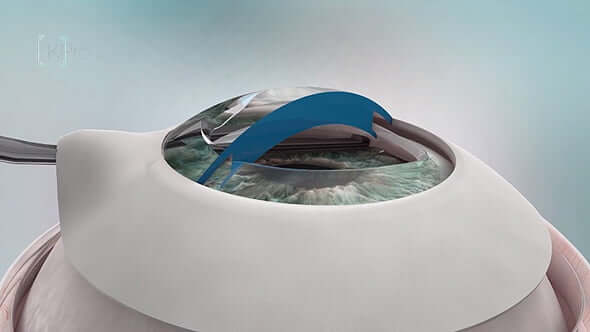
Furthermore, artificial corneas are not effective for more than a few months as the immune system sees them as something foreign that needs to be dissolved or expelled.
But startup CorNeat Vision says it has developed a synthetic cornea that can fully rehabilitate corneal blind patients and integrate into their eye tissue.
The “skirt”, or rim of the lens, is made of a patented plastic that stimulates the cells to accept it and incorporate it into the eye tissue.
“There’s no other material that seamlessly embeds itself with live human tissue for life,” says Almog Aley-Raz, CEO.
“When you implant anything, it triggers a foreign body response, and our immune system will work to degrade and eventually absorb it or, in case it is non-degradable, it will encapsulate it with a granuloma (a cluster of white blood cells and other tissue), isolating it from the body.”
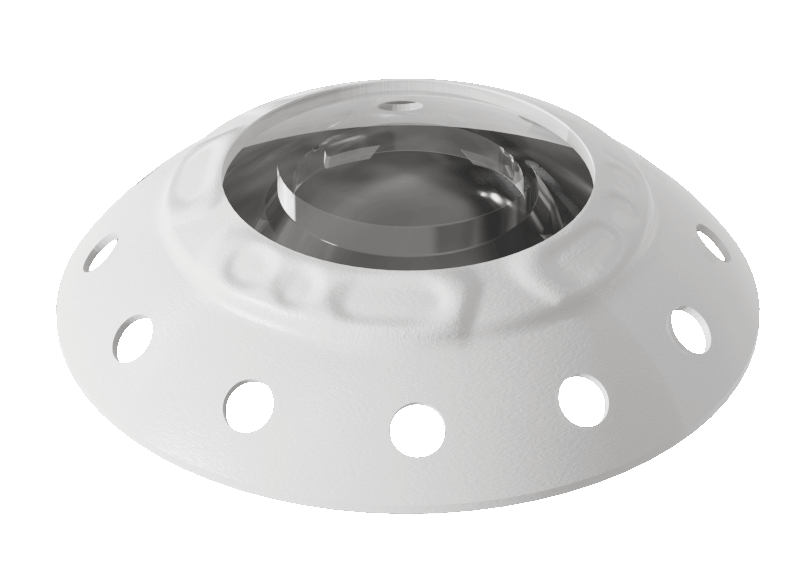
It uses the electrospinning technique – an existing method of creating tiny polymers and metals – to fabricate a rim for an artificial lens, which until now has been seen as an engineering challenge.
The CorNeat KPro is currently undergoing clinical trials, and is expected to be approved for marketing late in 2024.
NovaSight: New Way of Testing
We are all familiar with the ubiquitous eye chart to test our vision, and while it may be effective for adults and adolescents, that isn’t the case for children.
They often don’t cooperate or are simply incapable of taking the test because they’re too young.
NovaSight has developed an eye exam that tracks the position and gaze of the eye to assess their vision.
All the patient needs to do is watch a video on a tablet that is mounted with an inconspicuous eye tracker called the EyeSwift.
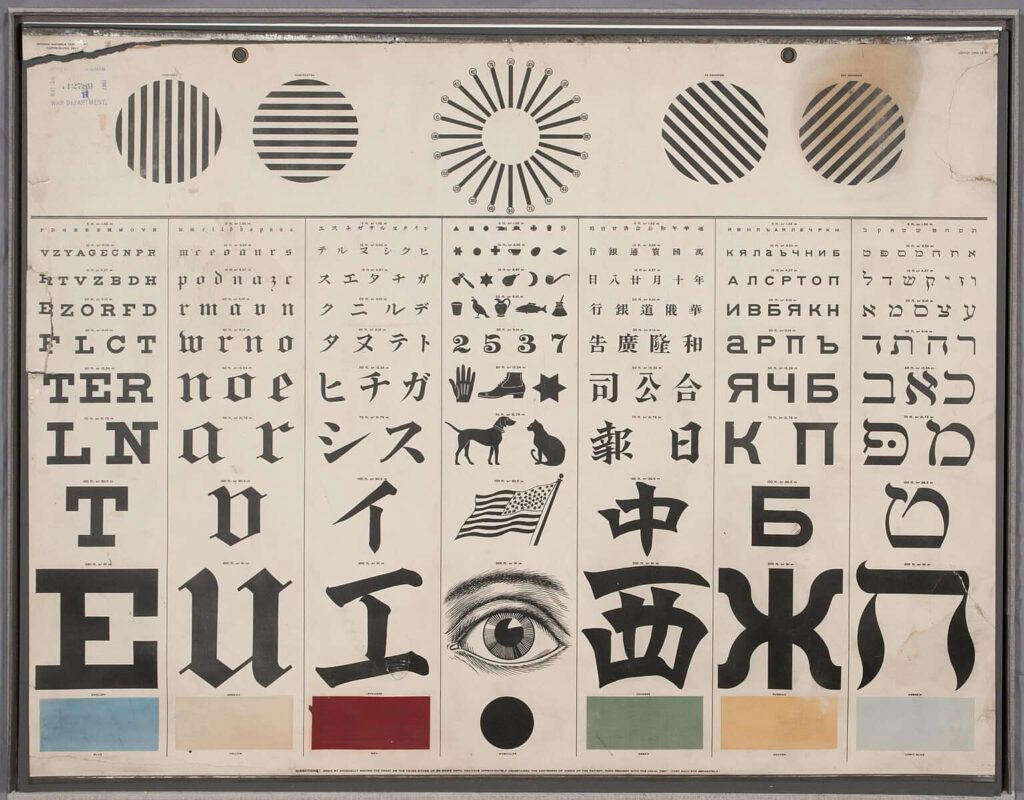
The video shows dots that are constantly moving across the screen, and its resolution gradually reduces over time, becoming more and more foggy.
The company’s algorithms then determine the patient’s level of eyesight once their eyes can no longer follow the target. Its creators say it is simple, accurate and more accessible for both children and adults than traditional eye exams.
“We see when the kid or the adult is not able to track this moving target anymore, just by looking at their eyes,” says Ran Yam, CEO of NovaSight. “We know exactly what their threshold vision is without asking them anything, and without them saying anything.”
Until now, eye tracking has mostly been used for gaming or in expensive medical devices such as those used for people living with ALS (an incurable disease of the nervous system) and not in eye care.
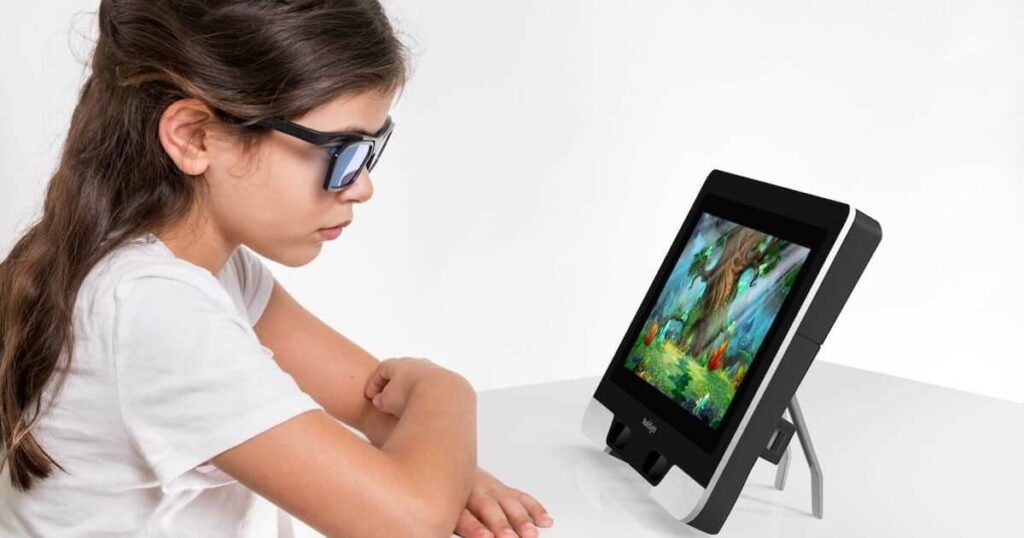
“The technology became more affordable over time, so we took that opportunity in order to integrate it into medical devices for vision care,” Yam explains.
The EyeSwift also offers a variety of vision tests, including for color blindness, reading performance, stereoacuity (a person’s ability to detect differences in distance) and more. The same technology also powers the company’s treatment for lazy eye.
NovaSight is this month launching a commercial pilot with Opticana, one of Israel’s leading optical chains.
Notal Vision: Speedy Home Diagnosis
Worsening eyesight is an unfortunate part of aging. For 200 million people worldwide, it comes in the form of age-related macular degeneration (AMD), a treatable but recurring disease where the central part of a person’s vision becomes blurred or distorted over a period of days or weeks.
If the condition worsens, the person may struggle to see anything in the center of their field of vision, and a lack of regular oversight by a physician could mean that their eyesight has irreparably deteriorated.
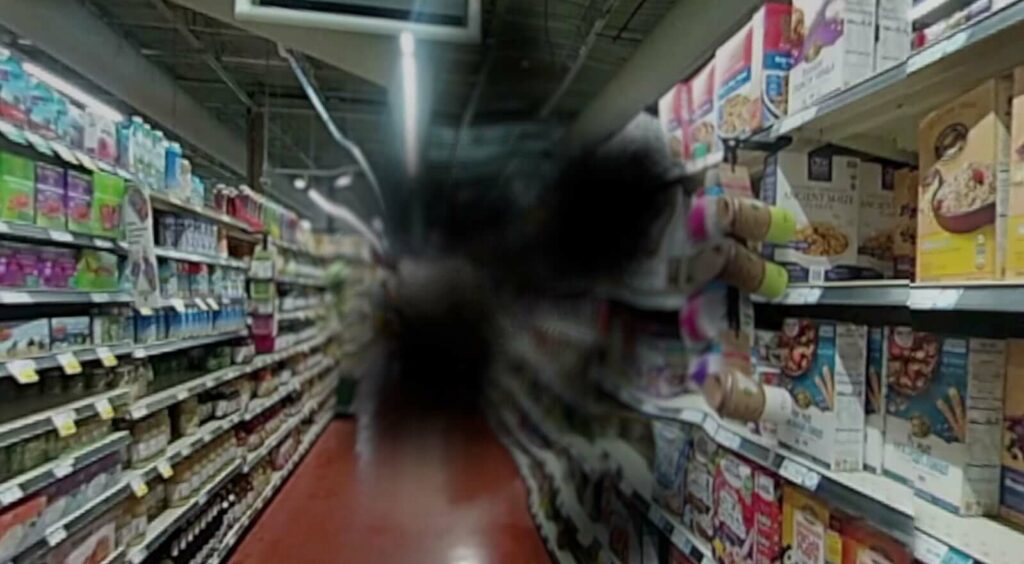
Notal Vision provides these patients with a daily home monitoring device using artificial intelligence that within three minutes identifies the onset or reactivation of AMD, thereby offering better, faster and more personalized care.
“The patient puts their head into a viewer where they watch stimuli, and use a computer mouse to click on a location where they spot distortions,” explains Dr. Kester Nahen, CEO of Notal Vision.
“After our AI algorithm analyzes the data, their physician is notified through our monitoring center that provides the service, and a decision can be made to bring the patient into the office for further imaging.”
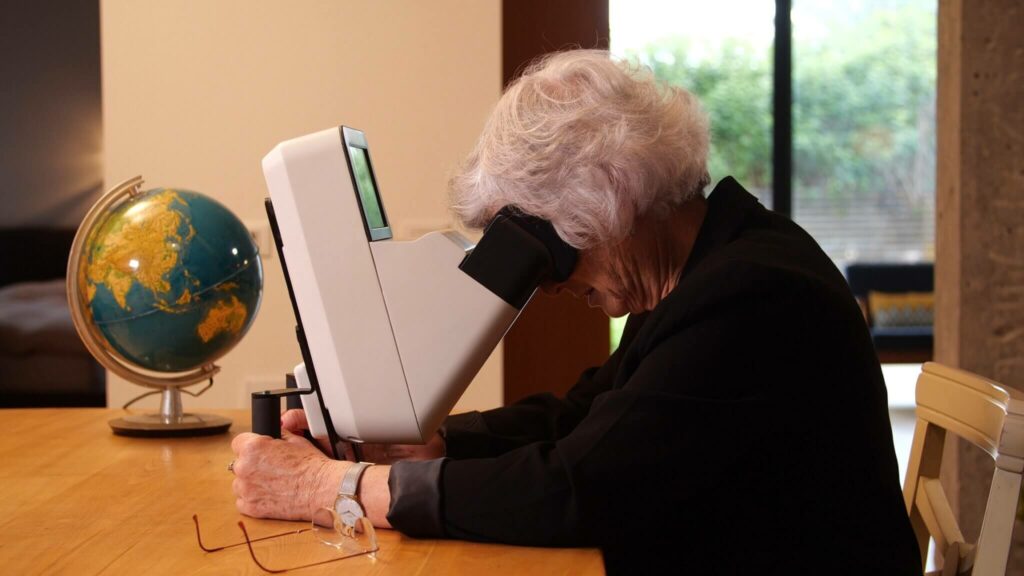
Notal Vision says a study showed that 81 percent of patients whose AMD progressed and were using their ForeseeHome device maintained 20/40 (or better) vision, compared to only 32 percent of patients whose diagnosis was at a routine eye exam or a medical consultation triggered by symptoms.
The company’s new device, the Home OCT system, will help physicians monitor the symptoms and progression of patients with wet AMD, a more serious form of the disease, and offer personalized treatment. It is expected to be in use in the United States by the end of the year.
